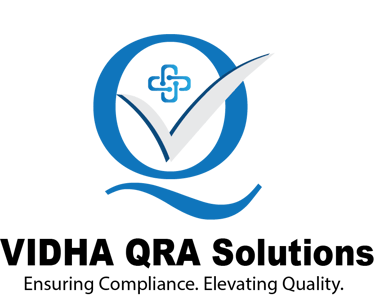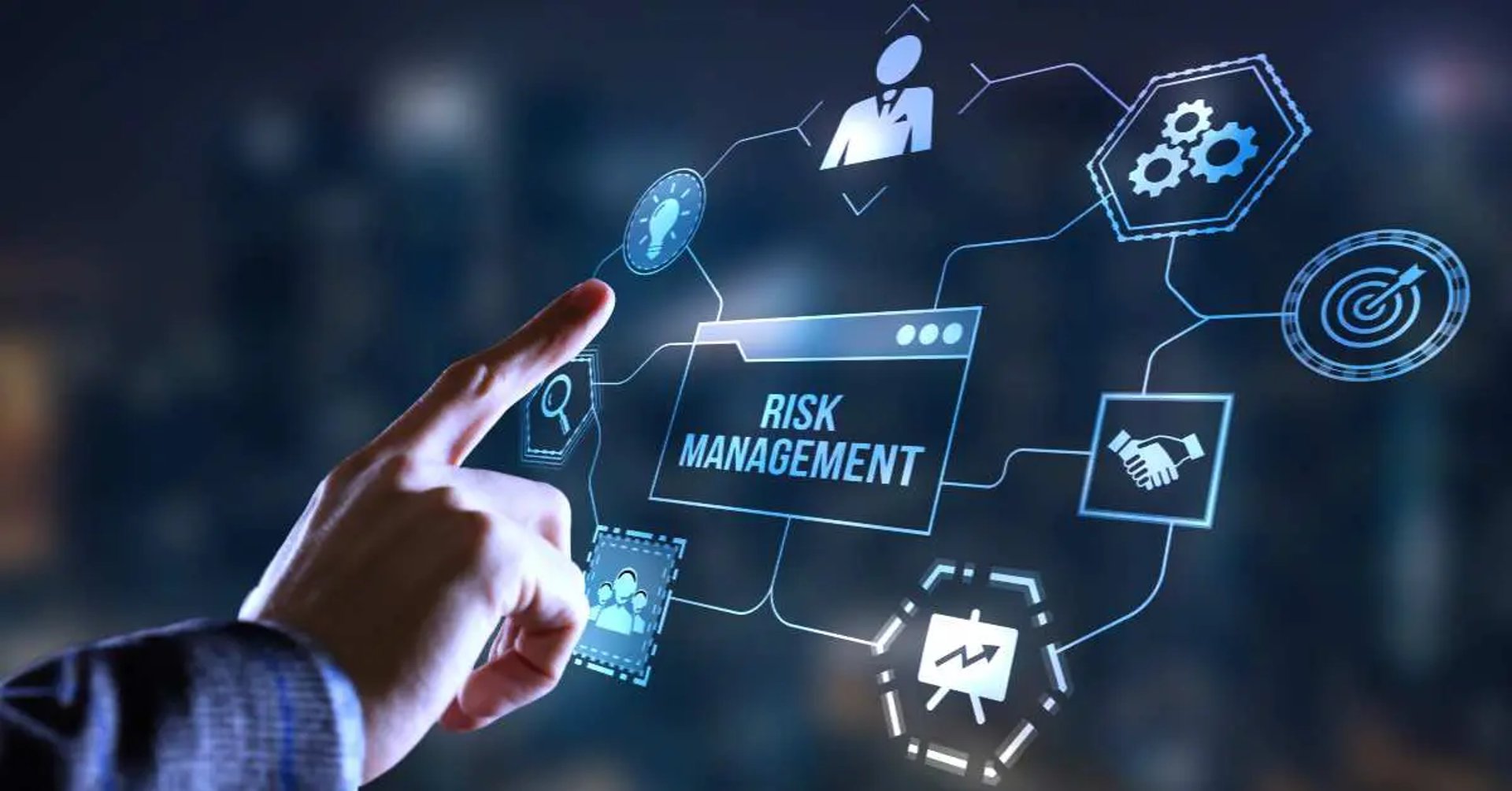
✅ Early identification of hazards
✅ Effective risk control strategies
✅ Justified and documented residual risks
✅ Alignment with design, usability, and post-market feedback
Why Risk Management Matters?
❌ Patient Harm
❌ Regulatory non-compliance
❌ Product recalls or market suspension
❌ Loss of trust due to impact on product safety
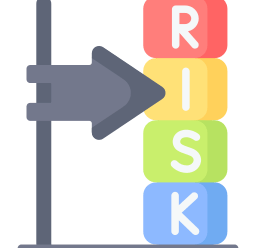

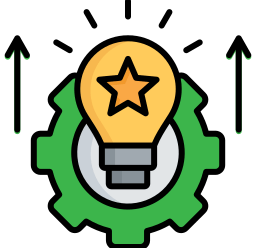



In medical devices, risk is inevitable — but must be controlled. Managing those risks isn’t optional — it’s Mandatory.
A strong Risk Management Framework ensures:
Without a structured risk management process:
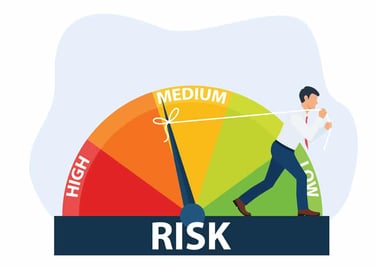

Proactive Identification. Thorough Evaluation. Effective Control.
Therapeutic Equipment
We assist you in creating a system that goes beyond checklists — embedding risk thinking in every decision related to design, manufacturing, post-market surveillance, and clinical use.
Diagnostic Devices
Software-based System
Whether you are developing:
What We Do?
We offer full-scope risk management tailored to your device type, development stage, and regulatory target
Risk Management Policy & Gap Assessment
Evaluate current Risk Management File (RMF) against ISO 14971
Identify documentation and process gaps
Define or refine organizational risk policy and risk acceptability criteria.
Build a tailored compliance action plan
Risk Management Plan (RMP)
Define scope, responsibilities, and risk acceptability criteria.
Set methods for risk evaluation and benefit–risk determination.
Establish periodic review schedules and integrate production/post-market data.
Identify potential hazards and hazardous situations across the device lifecycle
Identify reasonably foreseeable misuse
Estimate risk levels using defined severity and probability criteria
Link identified risks to control measures and verification evidence
Hazard Identification & Risk Analysis
Select appropriate control measures (design, protective, information-based)
Evaluate control effectiveness and justify residual risk acceptability
Align with usability engineering, product labeling, and regulatory expectations
Risk Control & Residual Risk Evaluation
Risk Management File (RMF) Preparation
Build complete, ISO-compliant RMFs with traceability from hazard to control evidence
Link RMF to Design inputs, Clinical Evaluation, PMS/PMCF, and QMS documentation
Integrate ongoing production and post-production data into RMF updates
Final Risk Review & Benefit-Risk Analysis
Confirm completion of all planned risk management activities.
Document benefit–risk determinations for any unacceptable residual risks.
Provide audit-ready documentation aligned with regulatory expectations
Key Deliverables
Risk Management Plan (RMP)
Hazard Identification and Risk Analysis Matrix
Risk Control & Residual Risk Summary
Benefit-Risk Analysis
Risk Management Report (RMR)
Complete Risk Management File (RMF)
End-to-end Compliance Support
Audit-Ready Technical Documentation
Notified Body Approval Support
Integration with Clinical & PMS Data
Ongoing Regulatory Support
Our Workflow
Why Choose VIDHA?
Expertise You Can Trust
Hands-on experience, backed by a strong understanding of global and Indian regulatory frameworks.
Personalized Solutions
We tailor every document, process, and support plan to your specific device class, regulatory pathway, and business goals.
Reliable & Confidential Support
We prioritize confidentiality, integrity, and compliance — ensuring your data and submissions are handled with care and professionalism.
Our services are focused, efficient, and aligned with your timelines and budgets.
Timely & Cost-Effective Delivery

